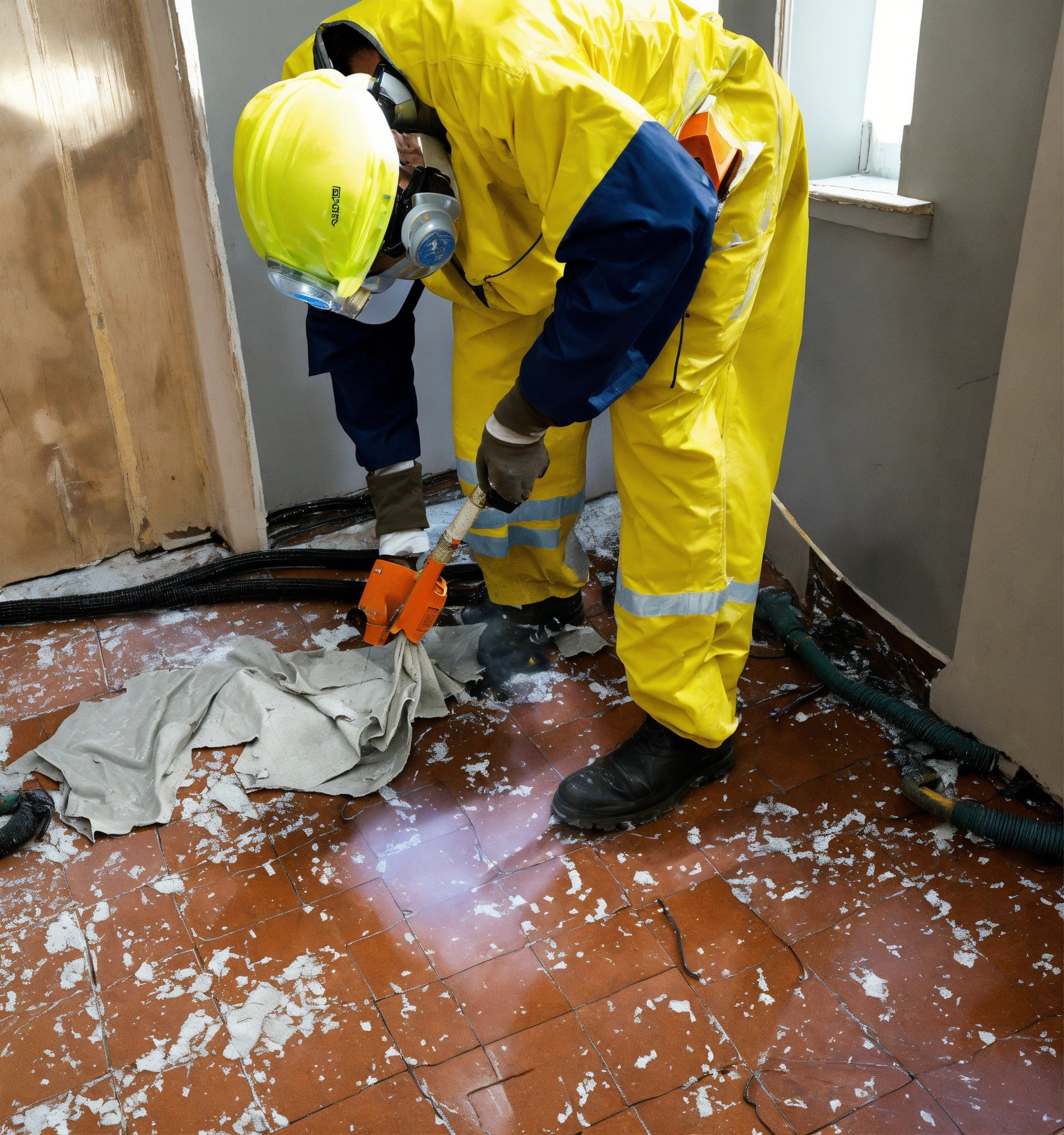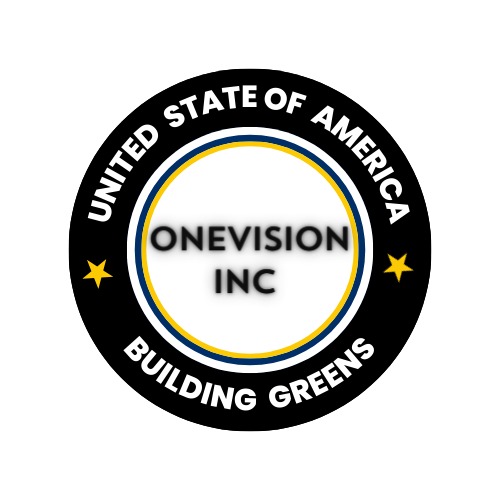Asbestos Air Testing
Asbestos Air Testing
Asbestos Air Testing
Expert Asbestos Air Testing Services
When it comes to ensuring the safety of indoor air quality and safeguarding your family’s health, asbestos air testing is paramount. Asbestos, a hazardous material frequently found in building materials, presents substantial health hazards if its fibers are inhaled. Our comprehensive asbestos air testing service is geared towards evaluating and mitigating potential asbestos contamination in your indoor environment. With our team of experienced technicians, we prioritize the health and well-being of your household. By relying on our asbestos air testing expertise, you can breathe easier knowing that your indoor air quality is free from the dangers posed by asbestos exposure.

Why You'll Needs Asbestos Discuss Testing
Your domestic may require asbestos discuss testing to survey and moderate potential wellbeing dangers associated with asbestos defilement within the indoor environment. Asbestos filaments can ended up airborne amid remodels, falling apart building materials, or characteristic fiascos, posturing a noteworthy risk to respiratory wellbeing in case breathed in.

RENOVATIONS OR DEMOLITION
Asbestos air testing may be necessary before renovations or demolitions to assess the presence of airborne asbestos fibers. Testing can ensure that proper safety measures are implemented to protect workers and residents from potential exposure.

SUSPECTED ASBESTOS CONTAMINATION
If there is suspicion of asbestos-containing materials in the home, air testing can confirm the presence of airborne asbestos fibers. This is particularly crucial in older homes built before asbestos regulations were in place, as materials such as insulation, flooring, and ceiling tiles may contain asbestos.

WATER DAMAGE OR NATURAL DISASTERS
Water damage or natural disasters such as flooding or storms can disturb asbestos-containing materials, releasing fibers into the air. Asbestos air testing is essential in these situations to evaluate the extent of contamination and ensure that proper cleanup and remediation measures are implemented.

RESPIRATORY SYMPTOMS
If occupants experience unexplained respiratory symptoms such as coughing, wheezing, or difficulty breathing, it may indicate potential asbestos exposure. Air testing can help identify if airborne asbestos fibers are present in the indoor environment, allowing for appropriate measures to be taken to address the source of contamination.
SAFE DISPOSAL METHODS
Air testing for asbestos typically involves two main methods: PCM (Phase Contrast Microscopy) and TEM (Transmission Electron Microscopy). PCM is a commonly used method that counts asbestos fibers collected on a filter through a microscope, providing a quantitative measurement of asbestos concentration in the air. TEM, on the other hand, is a more sensitive technique that can identify and quantify individual asbestos fibers based on their morphology and elemental composition. Both methods require air samples to be collected using specialized equipment and analyzed in accredited laboratories by trained professionals to ensure accurate results.
PCM is often used for routine monitoring and screening purposes, providing quick and cost-effective results. However, TEM is considered the gold standard for asbestos air testing due to its higher sensitivity and ability to detect low levels of asbestos fibers. TEM is typically employed in situations where accurate quantification of asbestos concentration is required, such as post-abatement clearance testing or in response to suspected asbestos contamination events.
Air Testing Services You Can Rely On
Our asbestos air testing services provide reliable and accurate results, giving you peace of mind about the safety of your indoor environment. With our state-of-the-art equipment and experienced professionals, we ensure thorough testing to detect any airborne asbestos fibers. You can trust our expertise and commitment to deliver asbestos air testing services you can rely on for your peace of mind.
- FAQ
The sampling method for asbestos typically involves using specialized equipment to collect air samples from the environment. This process often entails using pumps to draw air through a filter cassette or cartridge, which captures any airborne asbestos fibers present. These samples are then sent to accredited laboratories for analysis, where trained professionals use microscopy techniques to identify and quantify asbestos fibers.
Asbestos in the air is monitored through the collection and analysis of air samples taken from various locations. Trained professionals use calibrated pumps to draw air through filters, capturing any airborne asbestos fibers present. These samples are then analyzed in accredited laboratories using microscopy techniques to determine the concentration of asbestos fibers. Regular air monitoring helps ensure compliance with safety regulations and identifies any potential asbestos exposure hazards.
The amount of asbestos present in normal outdoor air is typically very low and considered safe for inhalation. Background levels of asbestos in outdoor air are generally below detectable limits or at trace levels. However, in areas with asbestos-related activities or near asbestos-containing materials, such as construction sites or industrial facilities, airborne asbestos concentrations may be elevated. Regular monitoring helps assess and mitigate any potential risks associated with asbestos exposure.
OSHA (Occupational Safety and Health Administration) sets regulations and requirements for asbestos air monitoring to protect workers from asbestos exposure hazards. These requirements include conducting initial exposure assessments to determine the need for air monitoring, performing periodic air monitoring during asbestos-related activities, and conducting clearance air sampling after asbestos removal projects. OSHA regulations also specify the use of accredited laboratories and approved methods for air sampling and analysis to ensure accurate results and compliance with safety standards.
LOCATION
- New York
- Boston MA
- Buffalo,NY
- San Antanio TX
